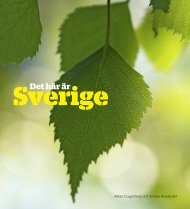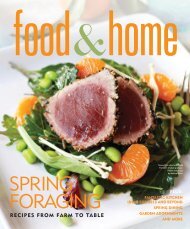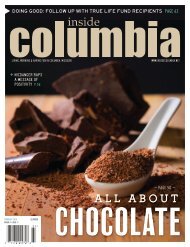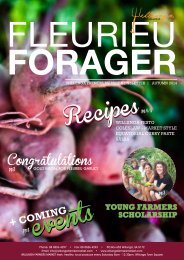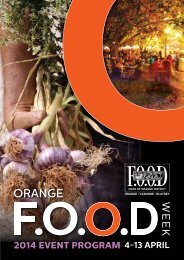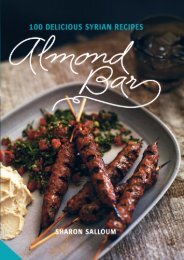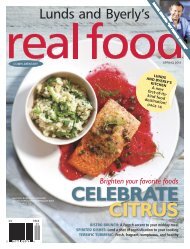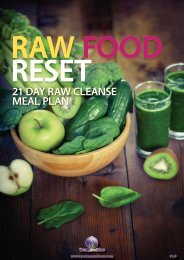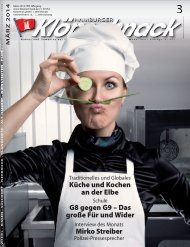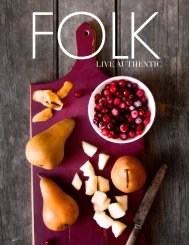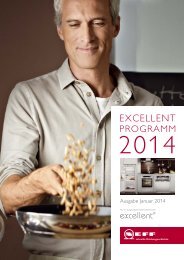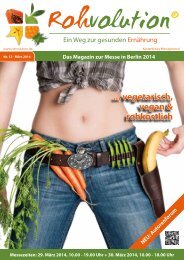CHAMPAGNE
Translation : Florence Brutton — Crédits photos : Couverture : Jean-Philippe Baltel/Sipa Press – Pages 4 et 5 : Michel Guillard, Carte Empreinte Studio – Pages 6 et 7 : Fulvio Roiter, Philippe Maille, Michel Guillard, Olivier Frimat, Visuel Impact – Pages 8 et 9 : CIVC, Yvon Monet – Pages 10 et 11 : Michel Guillard, Alain Cornu – Pages 12 et 13 : CIVC, Frédéric Hadengue – Pages 14 et 15 : CIVC, Michel Guillard, John Hodder – Pages 16 et 17 : John Hodder, Jean-Philippe Kahn, dessins INAO – Pages 18 et 19 : CIVC, John Hodder, Alain Cornu – Pages 20 et 21 : John Hodder, Fulvio Roiter – Pages 22 et 23 : John Hodder, Alain Cornu, schéma CIVC – Pages 24 et 25 : Alain Cornu – Rohrscheid – Pages 26 et 27 : Alain Cornu, Gérard Rondeau – Pages 28 et 29 : Hervé Chevron, Alain Cornu, Patrick Guérin – Pages 30 et 31 : Alain Cornu, Michel Guillard, Rohrscheid – Pages 32 et 33 : Alain Cornu, Philippe Maille, Piper Heidsieck – Pages 34 et 35 : Alain Cornu, Huyghens-Danrigal, Kumasegawa – Pages 36 et 37 : Visuel Impact, Eric Cuvillier/Jacques de Marcillac • Création graphique, mise en page et impression : EMPREINTE Studio à Epernay • Imprimé en France en février 2010 pour le Comité Interprofessionnel du Vin de Champagne. Tous droits réservés © CIVC.
Translation : Florence Brutton — Crédits photos : Couverture : Jean-Philippe Baltel/Sipa Press – Pages 4 et 5 : Michel Guillard, Carte Empreinte Studio – Pages 6 et 7 : Fulvio Roiter, Philippe Maille, Michel Guillard, Olivier Frimat, Visuel Impact –
Pages 8 et 9 : CIVC, Yvon Monet – Pages 10 et 11 : Michel Guillard, Alain Cornu – Pages 12 et 13 : CIVC, Frédéric Hadengue – Pages 14 et 15 : CIVC, Michel Guillard, John Hodder – Pages 16 et 17 : John Hodder, Jean-Philippe Kahn, dessins INAO – Pages 18
et 19 : CIVC, John Hodder, Alain Cornu – Pages 20 et 21 : John Hodder, Fulvio Roiter – Pages 22 et 23 : John Hodder, Alain Cornu, schéma CIVC – Pages 24 et 25 : Alain Cornu – Rohrscheid – Pages 26 et 27 : Alain Cornu, Gérard Rondeau – Pages 28 et 29 :
Hervé Chevron, Alain Cornu, Patrick Guérin – Pages 30 et 31 : Alain Cornu, Michel Guillard, Rohrscheid – Pages 32 et 33 : Alain Cornu, Philippe Maille, Piper Heidsieck – Pages 34 et 35 : Alain Cornu, Huyghens-Danrigal, Kumasegawa – Pages 36 et 37 : Visuel
Impact, Eric Cuvillier/Jacques de Marcillac • Création graphique, mise en page et impression : EMPREINTE Studio à Epernay • Imprimé en France en février 2010 pour le Comité Interprofessionnel du Vin de Champagne. Tous droits réservés © CIVC.
Create successful ePaper yourself
Turn your PDF publications into a flip-book with our unique Google optimized e-Paper software.
Pressing<br />
22<br />
Traditional press loading<br />
Pressing<br />
Pressing centres are very strictly regulated,<br />
in line with more than 20 approval criteria that<br />
were introduced in 1987. These cover pressing<br />
and racking capacity; daily press loads; type<br />
of press used; pressing and sulphuring;<br />
and hygiene standards.<br />
On arrival at the pressing centre, each delivery of grapes is weighed and recorded.<br />
Every 4,000 kg ‘marc’ (traditional unit of measurement for a press-load of<br />
grapes) is numbered and recorded in the ‘carnet de pressoir’ (pressing logbook),<br />
noting details of grape variety, ‘cru’ and destination (whether retained by the<br />
winegrower or sold to a Champagne House). The grapes are also tested for<br />
compliance with the minimum alcohol content by volume that is specified for<br />
the vintage in question.<br />
The production of white wine from predominantly black-skinned grapes (twothirds<br />
of the harvest) depends on five basic principles: pressing immediately after<br />
picking; whole cluster pressing; a gentle, gradual increase in pressure; low juice<br />
extraction; and fractionation (the clearer, purer juices that are drawn off at the<br />
beginning of pressing are separated from those produced at the end).<br />
Juice extraction is strictly limited to 25.5 hectolitres per 4,000kg marc, separating<br />
the first pressing juice (the cuvée, representing 20.5hl) from the second<br />
(the taille, representing 5hl). Each has quite specific characteristics. The cuvée<br />
is the purest juice of the pulp – rich in sugar and acids (tartaric and malic).<br />
Cuvée musts produce wines with great finesse, subtle aromas, a refreshing<br />
palate and good aging potential. The taille is also rich in sugar, but acid content<br />
is lower while mineral content (especially potassium salts) is higher, along with



